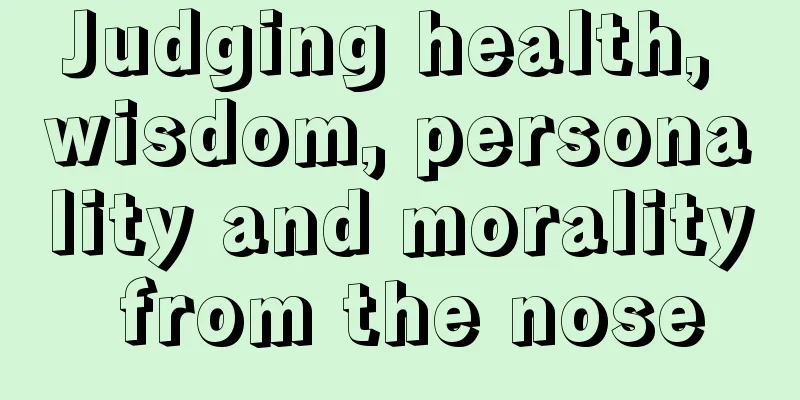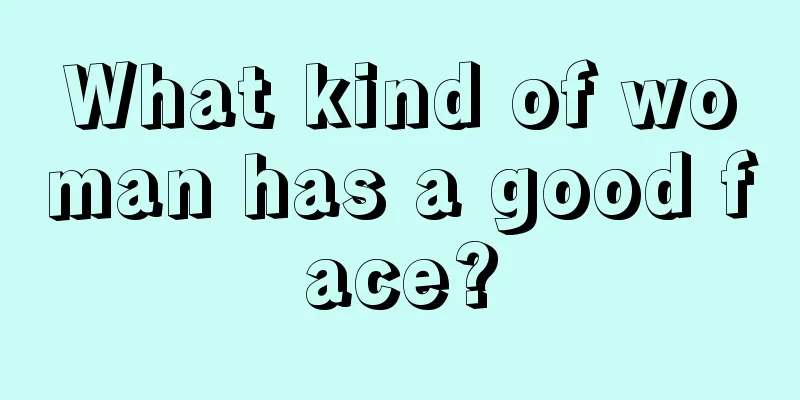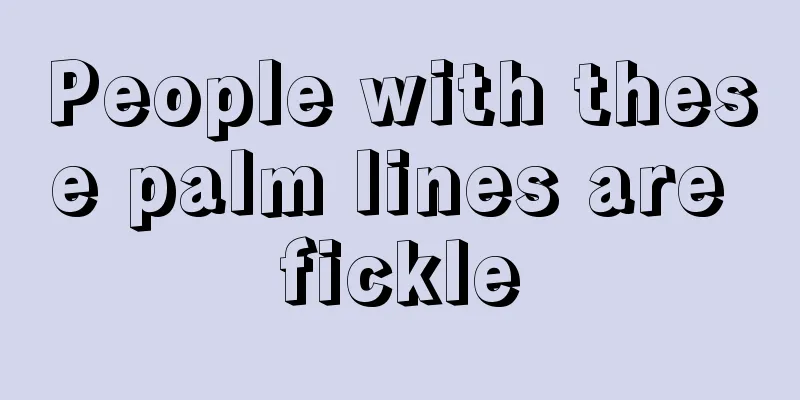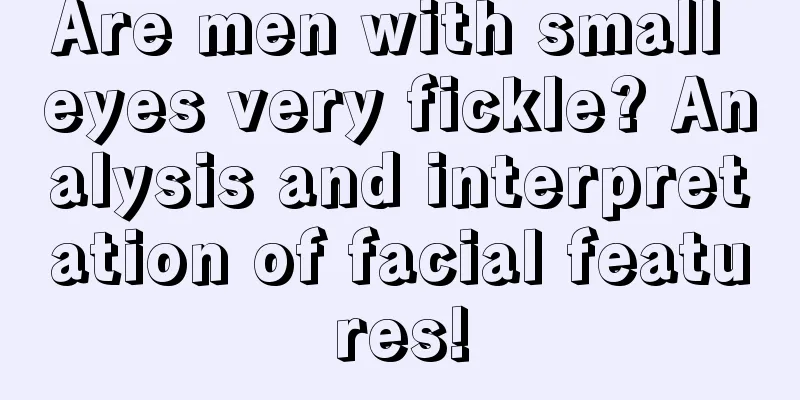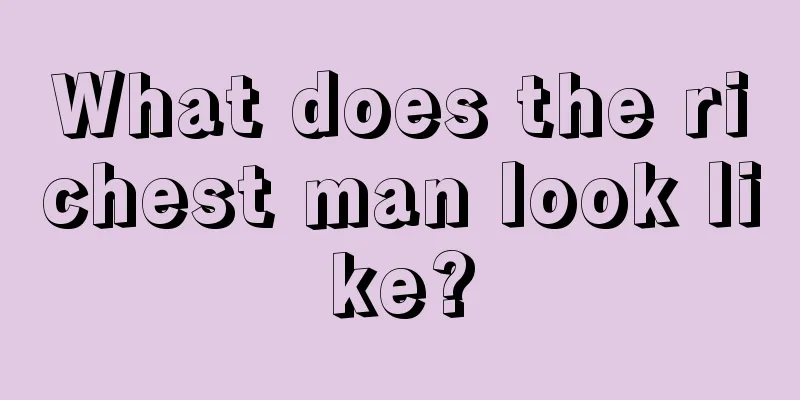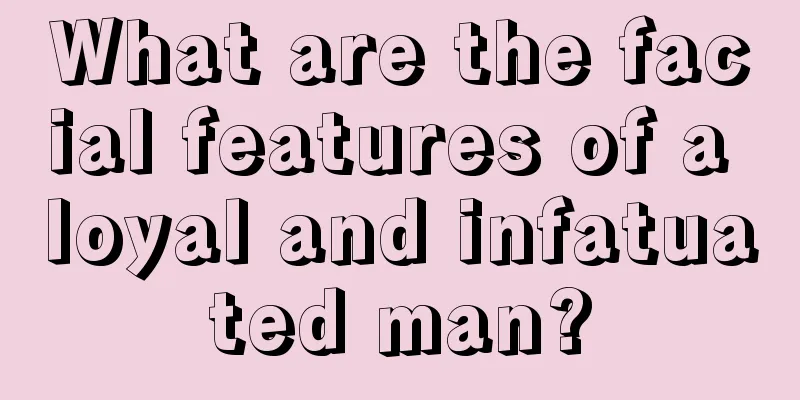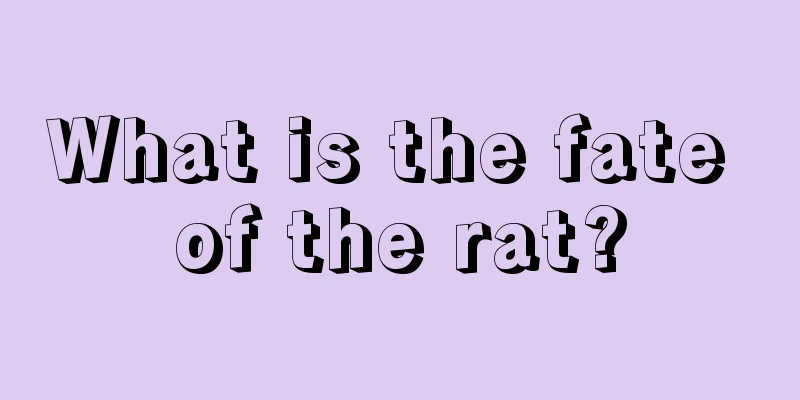How to hide a $100 million Bitcoin transaction in a picture of a kitten
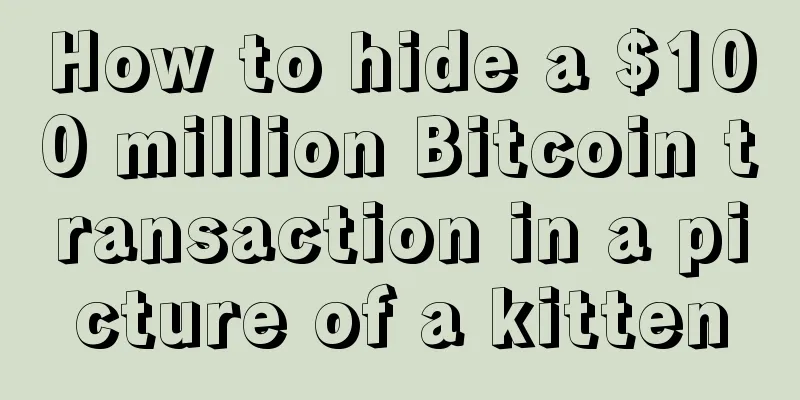
|
In early 2015, British Prime Minister David Cameron attempted to substantiate his claims in a speech:
In June this year, the US-based organizations ITI (Information Technology Industry Institute) and SIIA (Software and Information Industry Association) wrote a letter asking Obama to work with the technology industry to find ways to "protect security, privacy and innovation." The Information Technology Industry Association and the Software and Information Industry Association wrote to Barack Obama:
According to the Forbes article, Apple CEO
Apple CEO Tim Cook said:
The recent attacks in Paris have reopened the debate over encryption. Prosecutor Loretta Lynch said:
In a statement released just a few days ago, ITI Chairman and CEO Dean Garfield responded to calls to weaken encryption security tools:
Dean Garfield, Chairman and CEO of the Information Technology Industry Association, said
The ongoing debate has sparked a lot of online discussion about alternative methods to keep information private. Well, there is a lesser-known option besides cryptography: “steganography.” It has been around for a while and it’s bound to have a place in the digital realm. Gary Kessler, a cybersecurity professor at Embry-Riddle Aeronautical University, said:
According to the Greek historian Herodotus Demaratus, the Spartan king wrote a message on the back of a wooden board and then covered it with beeswax to write a second message, so steganography can also be traced back to 440 BC. Over time, the idea was further developed. During and after World War II, spies used lifelike miniature photographs to communicate, often smaller than a period on a typewriter and hidden. In 1996, Rear Admiral Jeremiah Denton, a pilot who communicated by repeatedly blinking his eyes in Morse code to spell out "TORTURE," was captured during the Vietnam War and forced to participate in a choreographed press conference. A recent example of "steganography" is a series of tweets by Bitcoin security expert Andreas Antonopoulos, describing how he hid a Bitcoin transaction in a picture, including a picture of four kittens in different shapes in a garden, claiming that he hid the information of a transaction of 500,000 Bitcoins in this picture. The transaction took place on November 16, 2011, and was worth $12 million at the time. When Andreas Antonopoulos tweeted about it for the second time in mid-November, the 500,000 Bitcoins were worth $100 million. The term “steganography” entered the Bitcoin forum as a concept in 2011. Its author, a computer scientist who was said to know cryptography, described a method by which hidden information could be placed in the Bitcoin network, accessible only to those who knew where (and how) to look. The article summary describes how the Bitcoin peer-to-peer network creates a distributed, anonymous virtual currency and a secure way to store information.
The cheaply sold article can be downloaded for 1 BTC, currently around $0.31. Gavin Andresen, chief scientist at the Bitcoin Foundation, bought the document, thinking it was a neat little paper. A number of projects have been formed in the bitcoin industry, including SonicVortex, which was launched in August 2014. "You take an image, authorize a transaction, and SonicVortex embeds the encrypted transaction into the image." The platform uses the f5 steganography algorithm, which employs matrix coding to hide information in images. “It is almost impossible to detect any hidden communications.” The inventors of the platform claim that it can even be used by banks and government departments. SonicVortex says:
There are many applications and projects that could use steganography, but Antonopoulos is clear that the technology will take over cryptography, and “steganography” is usually encrypted first (like the kitten picture in this example). Original article: http://bravenewcoin.com/news/steganography-how-antonopoulos-hid-a-us12m-transaction-in-a-picture-of-kittens/ |
<<: Estonian High Court Asks Government to Clarify Stance on Bitcoin
>>: Bitcoin reputation startup Bonafide shuts down
Recommend
Li Bingbing's imposing appearance
Li Bingbing's imposing appearance In the rece...
Look at your face to see if you are a shopaholic
Look at your face to see if you are a shopaholic ...
Why I believe FPGA mining machines will erode the computing power share of GPUs before the emergence of ASICs
Author: Yan Xin, works at blockchain investment i...
Can a man with a broken palm line have a happy marriage?
"Broken Palm" is a term used in Chinese...
Who can be a close friend and who should be kept away from by looking at their faces
Who can be a close friend and who should be kept ...
Coinbase CEO blasts new US tax proposal as "pointless" and will undermine crypto innovation in the US
The proposal to expand cryptocurrency tax reporti...
Always likes to make things bigger
In life, there is always a kind of people who alw...
What does a mole on the face mean?
Everyone has moles on their face, but many people...
My opinion on the Bitcoin survival guide
Chapter 0 Introduction I haven't found any go...
Hedge funds are investing in Bitcoin, but three reasons are a hindrance
The price of Bitcoin has risen by nearly 180% thi...
How to read a man's face and ears
The ear is called the palace of adoption in the t...
Do men with short noses tend to be more timid?
Different people have different personalities. So...
Is the fate of a woman with willow-shaped eyebrows good?
1. Women with willow-shaped eyebrows Generally, w...
Is it good for a woman to have a tear mole? What does a teardrop mole mean?
Is it good for a woman to have a tear mole? What ...
Will a woman's eyebrow tattoo affect her facial features? The relationship between eyebrows and fortune!
Eyebrows are the most important facial features, ...
